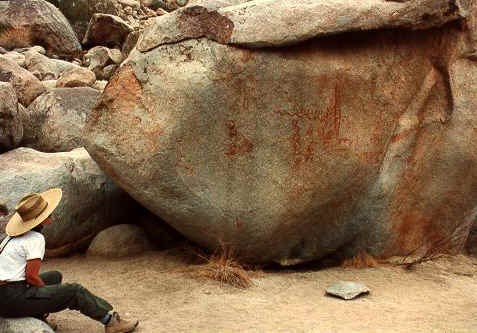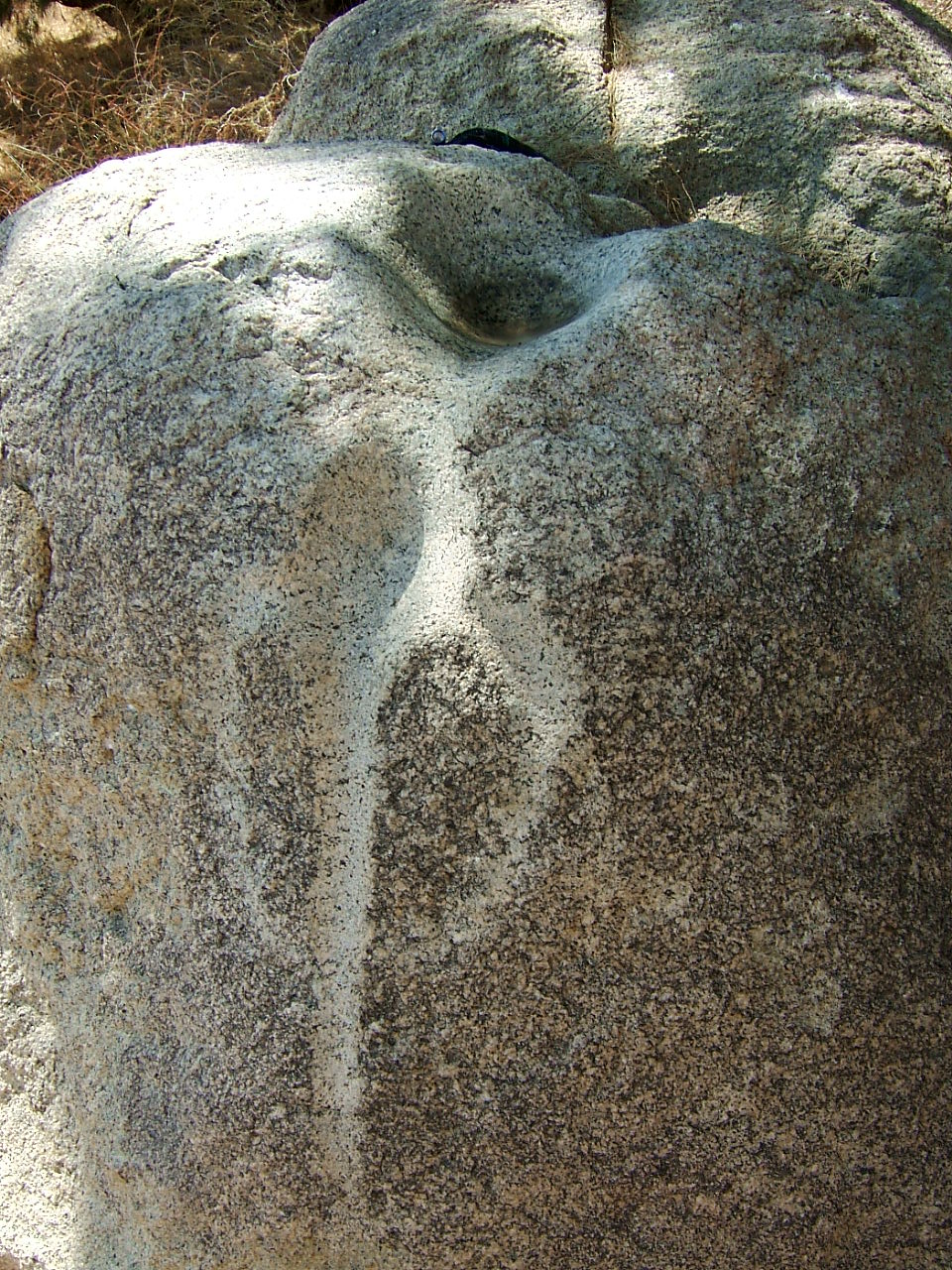Rock Art

I. We know who made some rock art but not most of the 15,000+ sites.
A. It is in nearly every part of North America but 80% lie west of the Rockies.
1. The land east of the Rockies has more rain, fewer outcrops, more wooded terrain.
2. Petroglyphs and pictographs occur together but one form usually predominates a site.
3. Left on cliff sides, boulders, and in caves at all elevations.
4. May or may not require craft specialization
B. Possible uses include boundary markers (clan symbols), locations of caches of resources (some stashed, some natural), propitiation (rejuvenation and increase food supply), counts and mnemonic devices, marking the position of celestial bodies, memorialization (rites of passage), vanity. Crystal trail markers lighted paths for safe passage under the moon and stars.
C. Absolute dating is difficult, relative is easier (as usual).
1. Lichen overgrowth.
2. Patination analysis (desert varnish).
3. Radiocarbon - drawbacks.
4. Observation and comparison of styles as in front view, particular geometric forms or emphasis on a negative space.
5. Analysis of subject matter, the appearance of the bow and arrow, for example, or the changes in the morphs.
 1. Pecked, chipped, cut,
incised into sandstone, basalt, granite by a
hand-held harder stone called a hammer-stone.
1. Pecked, chipped, cut,
incised into sandstone, basalt, granite by a
hand-held harder stone called a hammer-stone.